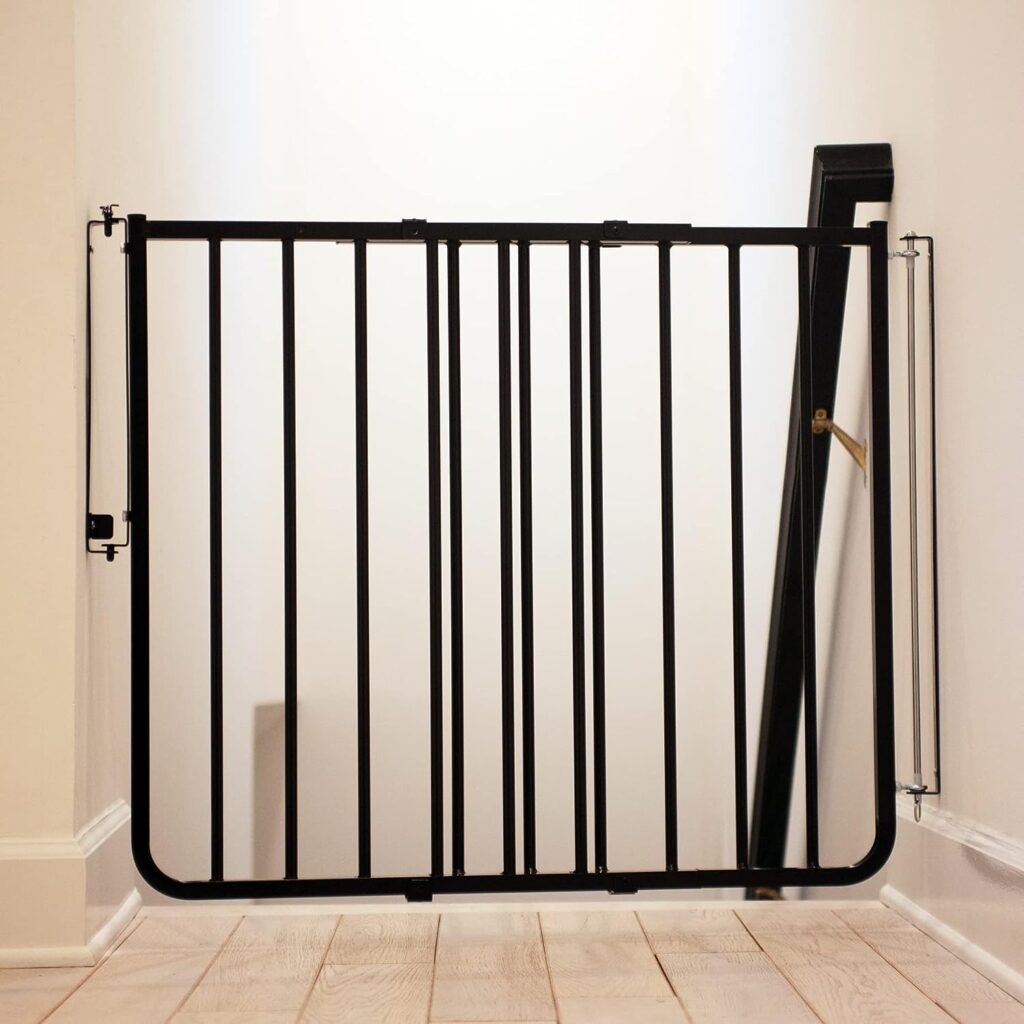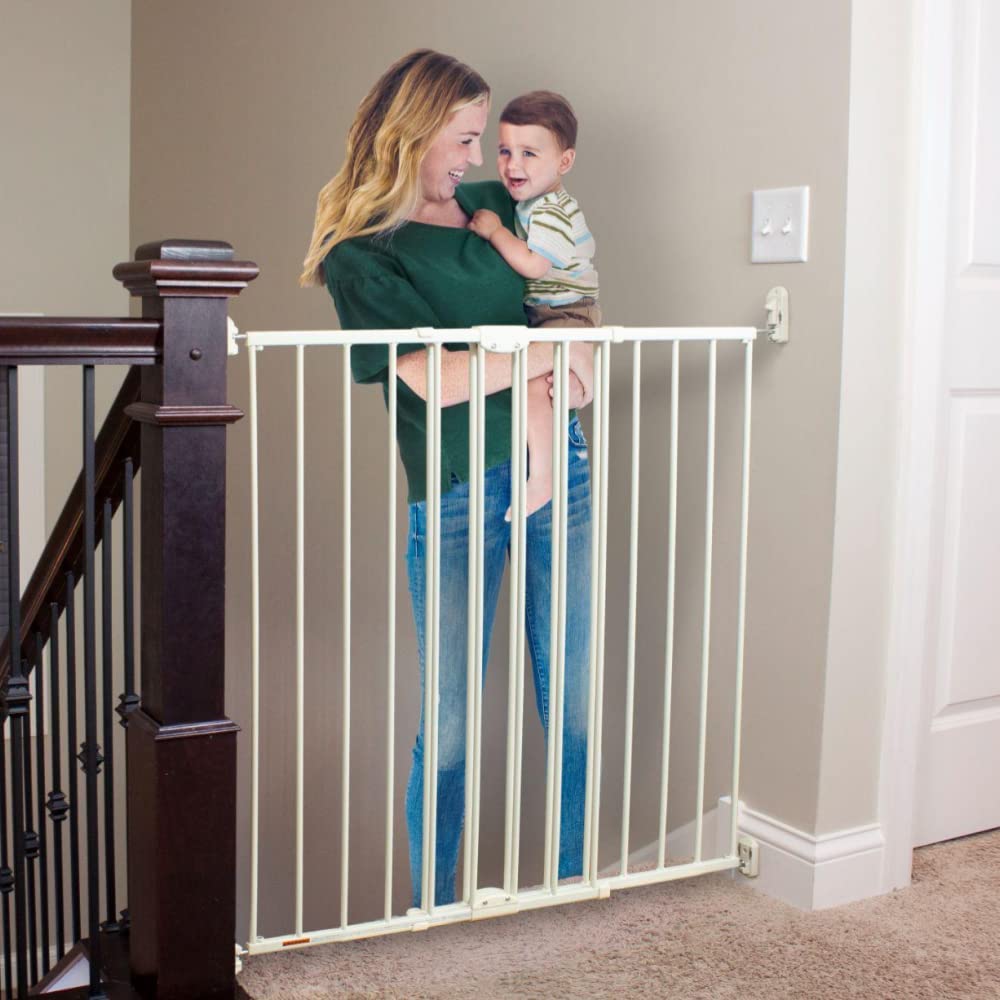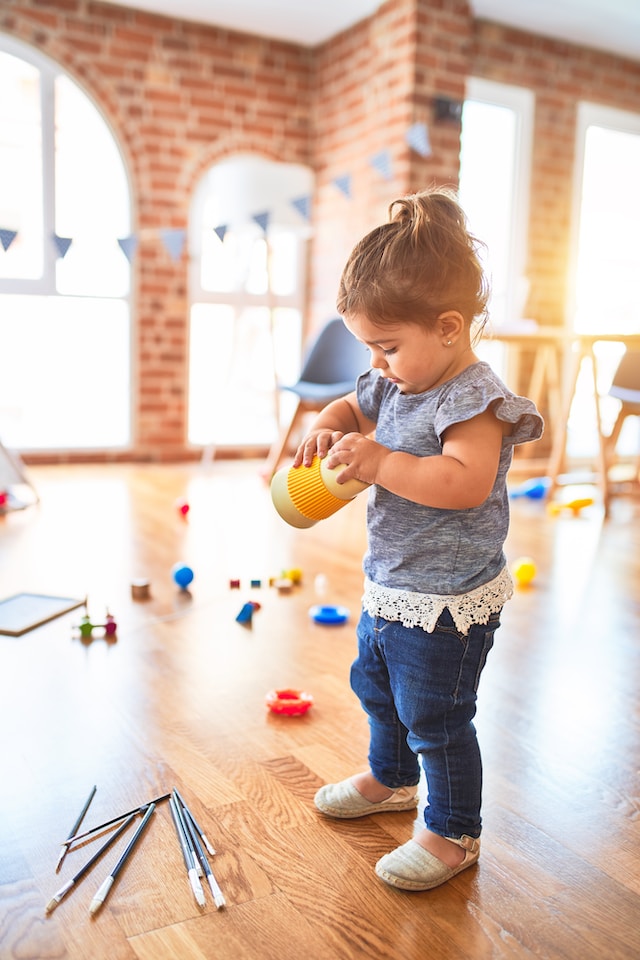Is the explorative nature of your little one making it tough to baby-proof your home? Do you feel like you need four sets of eyes just to keep them in your line of sight?
As a parent, worry can seem like a full-time job, but it doesn’t have to, momma. Take a deep breath, and let us help you improve the safety of your home — so you can get some peace of mind.
Some days it can seem like the moment you put your little one down, they head straight for the nearest window. Who can blame them? The outside world is full of color and movement.
But windows can be a huge danger in the home. Nearly 15,000 children are injured each year due to falling out of a window. Let’s baby-proof yours, what do you say?
Why Baby Proofing Windows Is Important?
The importance of baby-proofing your windows cannot be overstated. They happen in both urban and suburban, and they can leave your baby severely injured or worse.
Consider this incident that involved my two cousins a few years ago.
The toddlers were playing their own form of hide-and-seek, and the older one hid behind the window blinds, next to an open window.
The younger one eventually found his sister behind the blinds. However, in the process of opening them, she fell out the window. She lost consciousness immediately and was left with a broken neck and several bruises.
She spent almost five months in the hospital. If the windows were baby-proofed, the accident could have been avoided.
You likely don’t need a story like mine to inspire you, fear of losing your child to a preventable accident is probably enough reason for you to baby-proof your windows!
When We Need to Baby-Proofing Windows
Most babies start to have accidents once they become mobile. Rolling, crawling, and walking allow them to get into all kinds of trouble! I never knew how fast a baby could be until I had one of my own.
Baby-proofing your windows should become a priority whenever you think your baby is about to start crawling.
How To Baby Proofing for All type of Windows
In construction and design, many kinds of windows are used. Hence, you need to have an understanding of how you can help baby-proof all of them. Your Baby’s safety is the main priority!
1. Baby Proofing Using Window Lock
The simplest and easiest method to baby-proof your window is with a lock. It may seem elementary, but it can make a huge difference as it requires the strength of an adult to open it.
Using window locks also allows you the opportunity to keep your windows permanently locked which can also help improve the security of your home.
3. Baby Proofing Using Window Guards
Window guards are mainly metal bars set close to one another that prevent a baby from falling. (They look similar to burglary-proof bars.) Using the window guard baby-proofing method allows you to open your windows without worry.
Window guards come in different formats. You can find vertical or lattice style configurations. Note: When installing vertical bars, you should not switch them to horizontal as it may be adopted as a ladder for those seeking entrance in your home.
3. Baby Proofing Using Window Screen
Window screens are flimsy, thin layered materials that are mainly used for keeping insects out of an open window. If used by themselves, the chance of your baby falling is still high as screens do not have the capacity to hold any weight.
It is advised that window screens be used along with window guards or another form of proofing. Screens may be sufficient if your windows open from the top instead of the bottom as a baby or small child is unlikely to be tall for it to be an issue.
4. Baby Proofing Using Window Stops
Using window stops as a baby-proofing device helps to reduce the size of the window opening. There are various types of window stops, but the most commonly used one is the window wedge.
In the process of using the wedge, the window might get stuck, thereby requiring more strength in opening and closing the window again. So, it is advised that the wedge be used with newer, non-sticky windows and not older wooden ones.
5. Baby Proofing Using Window Film
Window films are used for glass windows that may be older and not tempered. If you have glass windows in places that are easily accessible to your baby, it is important that they have tempered glass or window film.
Tempered glass doesn’t break into pieces thus preventing major injuries. If you have a home built before 1977, the windows may not be tempered. Window film will prevent the glass from scattering if it gets broken.
What to Do With Unusual Windows
Having unusual window types should not stop you from protecting your baby from any kind of hazard that the window may pose. If you have irregular windows, you can baby-proof with Velcro strips and a Lexan sheet.
The first step is to use a measuring tape to measure the dimensions of the window frame. Choose a vertical height that you feel will prevent your child from falling through the window.
Cut the Lexan sheet into your window measurement. Then, attach your Velcro strip to the sides of the Lexan sheet and the window frame. The Velcro will allow you to remove the Lexan sheet when needed.
Note: To allow airflow, you can use a drilling tool to make small holes in the Lexan sheet.
What to Do With Window Sill
Depending on the size and shape of your window sills, you may not need any baby-proofing. However, if your sills have any sharp or pointy edges, you will want to cushion them with foam or rubber baby corners.
You will also want to ensure that you do not have bouncy seats or walkers placed in range of the baby hitting their head on the window sill.
What to Do With Sliding Door
Tension rods can be used to baby-proof sliding doors. These rods keep a baby or small child from being able to open the sliders. Plus, they can be an additional layer of security against break-ins.
You may also want to ensure that your sliders are made from tempered glass (although it is unlikely that they are not).
What to Do With Crank Windows
Crank windows also need to be baby-proofed! As your child ages, the crank will be nearly irresistible, and you need to ensure that it does not become something your child attempts to play with.
If you have crank windows on any windows that are not on the ground floor, you will want to remove the crank using a screwdriver. If you are careful when removing it, you won’t damage the crank and it can be put back for later use.
Some More Safety Tips
Baby-proofing a home can seem like a daunting job! There are so many things to think about. Here are a few other tips to keep your baby safe around the windows in your home:
- Keep boxes, bookshelves, large toy sets, or anything a baby could climb away from your windows
- If you have ground floor windows that you are leaving open, be sure to put a block or stopper on the sill that will keep the window from accidentally falling shut on your baby’s fingers
- Remind any caretakers or relatives about window safety when they will be alone with your baby
Final Words
In ensuring a safe home for your babies, it is important you start all the baby-proofing processes months before you bring them home. Leaving baby-proofing until after giving birth may be cumbersome, and you may forget to put some important things in place.
You have a little extra time to baby-proof the windows, but sooner is always better than later.








